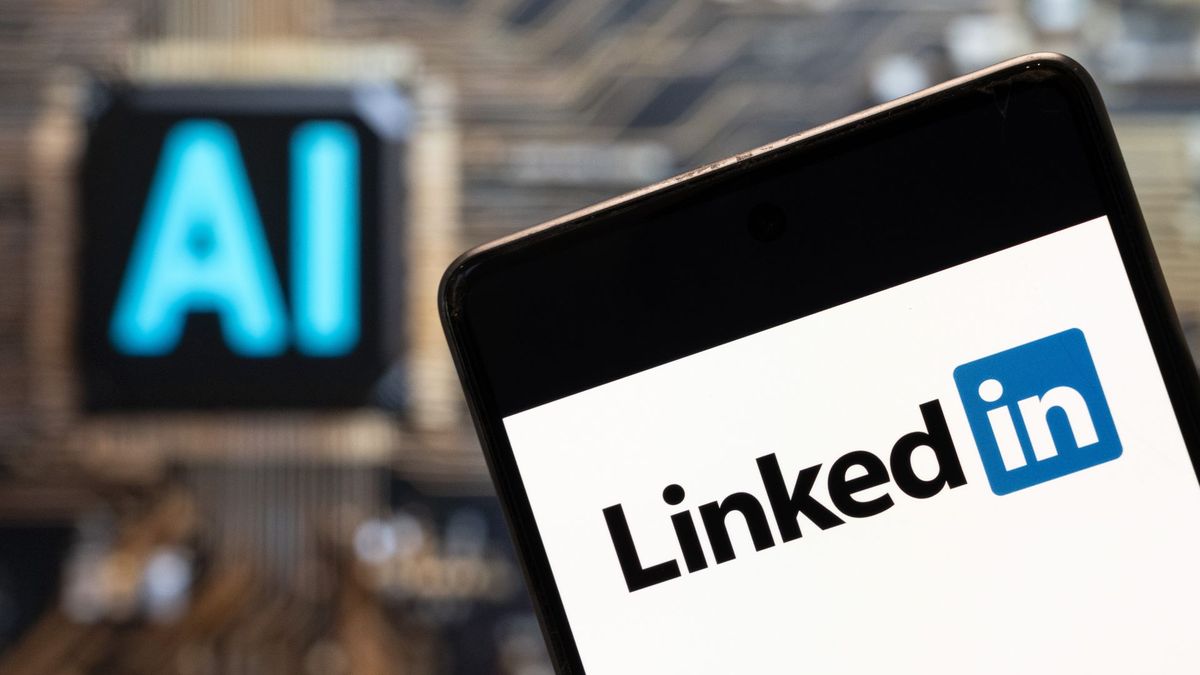Tech
Apple Vision Pro Successor Not Expected Until End Of 2026; Company Has Yet To Figure Out A Way To Reduce The Headset’s Cost

The demand for Apple Vision Pro is slowly dwindling, but the company’s long-term goals have not budged an inch. A new report states that the successor to the $3,499 AR headset could launch sometime by the end of 2026. However, there is a huge glaring issue that Apple needs to address, or this product category will most likely never take off, and that is pricing. For that to happen, the technology giant needs to bring down its component costs, but with each current-generation unit estimated to set back Apple by $1,542, the road to a more affordable head-mounted wearable is long and hard.
Second-generation Apple Vision Pro could have more micro-OLED suppliers besides Sony, assuming their quality gets approved
Apple was said to be evaluating two Chinese display suppliers in its reported effort to bring down the mammoth $456 sum it has to pay for its mixed-reality headset’s 4K micro-OLED panels. According to Bloomberg’s Mark Gurman, his latest ‘Power On’ newsletter mentions that the launch of the Apple Vision Pro successor may not happen until the end of 2026, but before a second-generation product materializes, the technology needs to bring down its cost somehow.
“Apple’s latest Vision Pro road map doesn’t currently call for a second-generation model until the end of 2026, though the company is trying to figure out a way to bring a cheaper version to market before then. Apple is still flummoxed by how exactly to bring down the cost, I’m told.
Apple is introducing a new version of the Vision Pro’s software this year — visionOS 2.0 — but that isn’t expected to be a game changer. The next big step for the headset will be international expansion, with Apple getting ready to bring the device to China in the very near future.”
Fortunately, Apple could brighten its mixed-reality future with the launch of a low-cost headset, with previous reports stating that it may launch in 2025. However, there will be some striking differences between this version and the more expensive Apple Vision Pro, such as the more affordable option featuring an iPhone chipset instead of a Mac one or using a more inferior display than the dual 4K micro-OLED panels. The Cupertino will also attempt to revitalize Apple Vision Pro sales by launching the device in China later this year.
However, we will reiterate that this division’s fortune can barely change if the pricing problem is not addressed at this stage. An earlier rumor claimed Apple could reduce its display costs by 50 percent by partnering with Chinese panel manufacturers SeeYA and BOE. Whether the company forms this business alliance in the future is another story, but whatever changes the Apple Vision Pro successor will flaunt, we will continue to provide timely updates.










:max_bytes(150000):strip_icc()/roundup-spanx-sale-tout-4c3943da60874007a7f901db81b866b7.jpg)